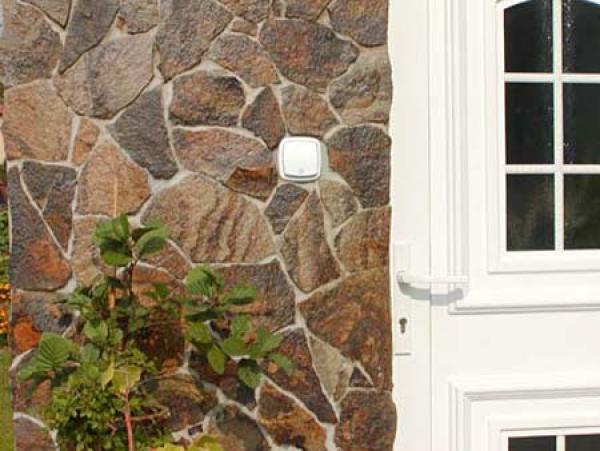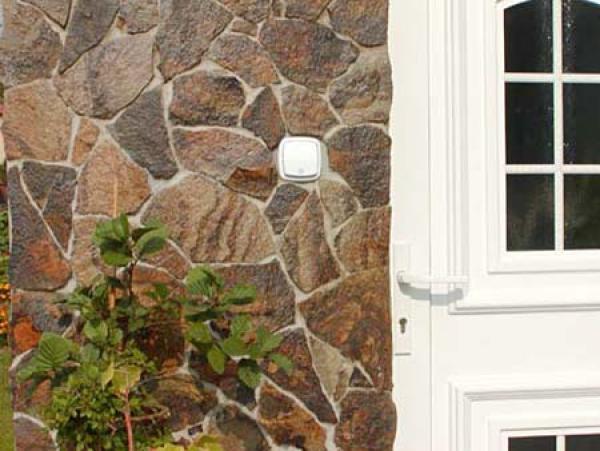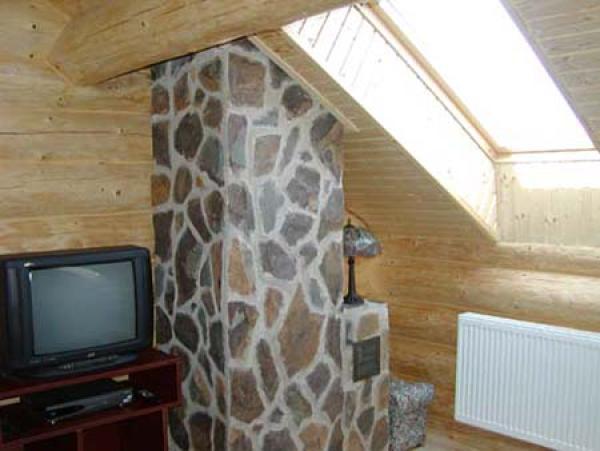Natural stone looks natural in an interior

Except from usual use of stone in gardens, access roads or pavements it starts to be used in interiors.
Natural stone offers wide choice of patterns which can beautify your home. What type of stones for beautifying interior as a main decoration or as a complement to other natural stones does it exist? What is the comparison between natural stone and artificial stone?
Imagination knows no borders so it depends on customer’s request. In most cases customer know exactly what he wants to buy and where he wants to place particular stones. It depends on interior type and overall impression. Trendy interior can be created from natural stone everywhere even in a flat.
Properties of natural stone
A natural stone has unique look and its properties are quality and stability. It does not change its colour. It has stable mechanical properties and thanks to lower water absorption it resists water well. Resistance to abrasion brings an attractive look of natural stone for a long time. Natural stone does not have negative properties regarding industry utility. Only when used in a kitchen or rooms where the natural stone come into contact with various chemicals its surface is treated with protective impregnation. It ensures that the stone is protected from chemical pollution. Except from this measure it is not necessary to count with other issues due to the stability of interior environment.


Natural stone or artificial stone?
A great competition to natural stone is an artificial stone. It looks like similar to its natural counterpart at first sight but inside concrete blocks there is a concrete core. If you want create e.g. geometrical shapes, you have to buy concrete blocks which look the same and they have appropriate shapes including edge parts.
Artificial stone is painted only on its surface so when damaged we risk revealing cement core. If part of stone is chipped off, this defect goes unnoticed when natural stone is used. Limited lifespan and possible changes in appearance are other disadvantages of artificial stone. By contrast, natural stone has stable look and each piece is original with its unique pattern at depth.
Price of stone
Comparison of natural and artificial stone is the most discussed topic. Paradoxically, natural stone is often cheaper in respect of supplier selection.
Selection of natural stone
Natural stone can be ordered in various shapes or colours. The variability of colours is not huge enough, however, each colour includes pleasant harmonization of several colour shades. Each stone has its own mosaic consisting of several colour shades. They are of light, light grey, grey white, grey brown, dark and grey red shades. The colour is dependent on a type selection of stone.


Favourite types of natural stone
Reddish porphyry from Italy, andesite from Slovakia, limestone from Germany, gneiss from Bulgaria, and sandstone from Hungary are among the most favourite types of natural stones. Ideal stone form for cleaving is flat stone form which is ideal for processing.
Shape variability includes irregular and regular stones. We cannot expect we get compact stones. Always, it is worked with smaller pieces of cleaved stones. Regular shapes represent cut ribbons from two or four sides. Thanks to this variety rectangular shapes can create a very pleasant patterns or mosaics. Cutting from backside is the most popular because the front side create an illusion of broken rock. Any adjustments or size changes can be processed in a place of installation.


Source: www.ceskestavby.cz
